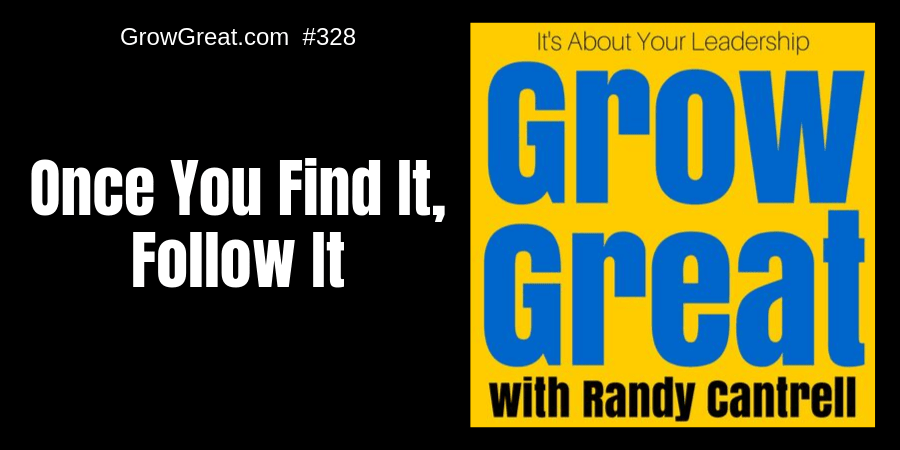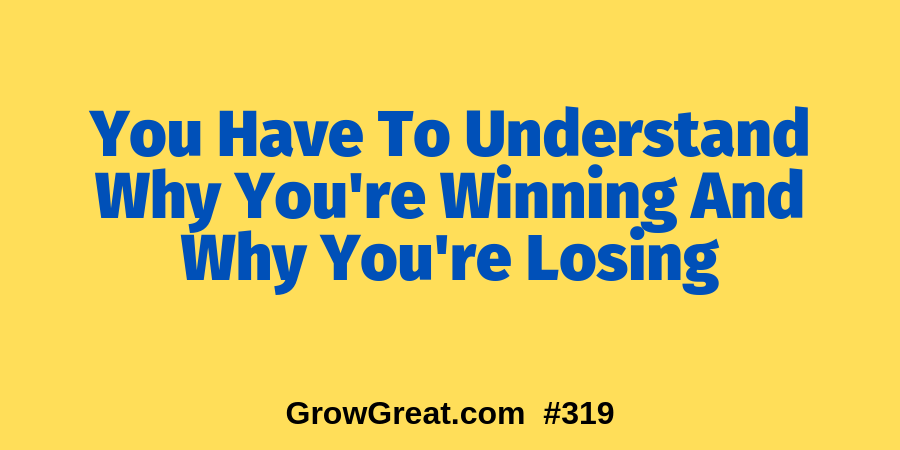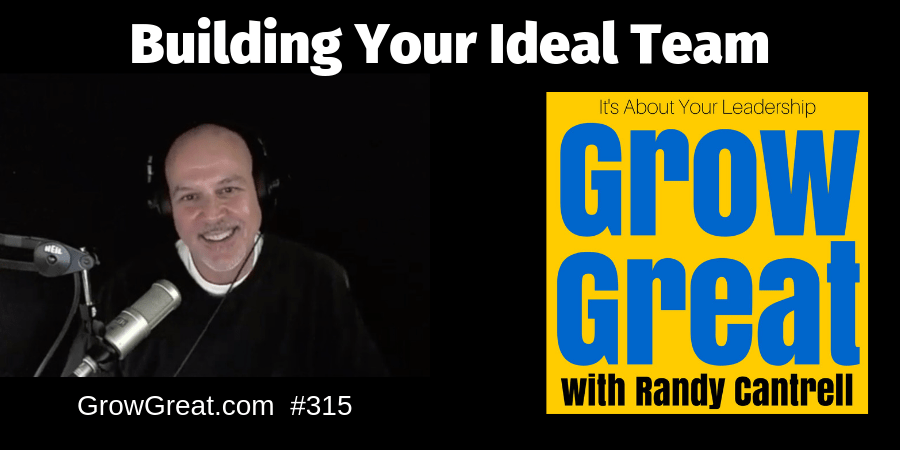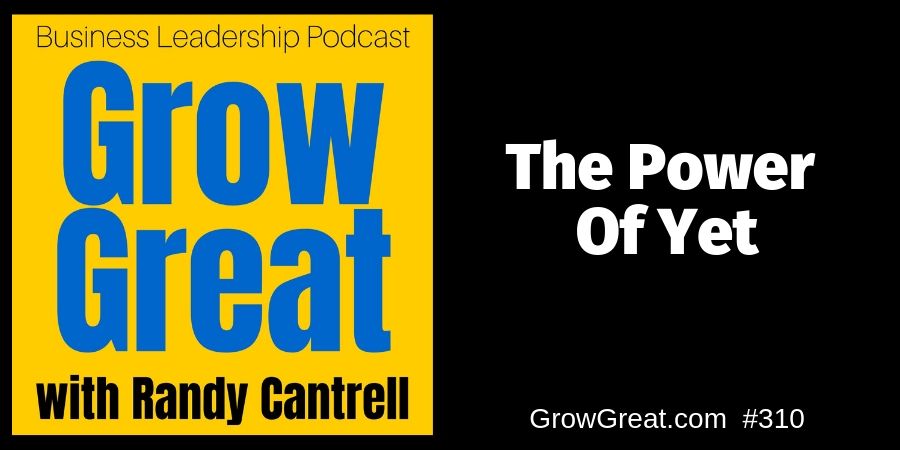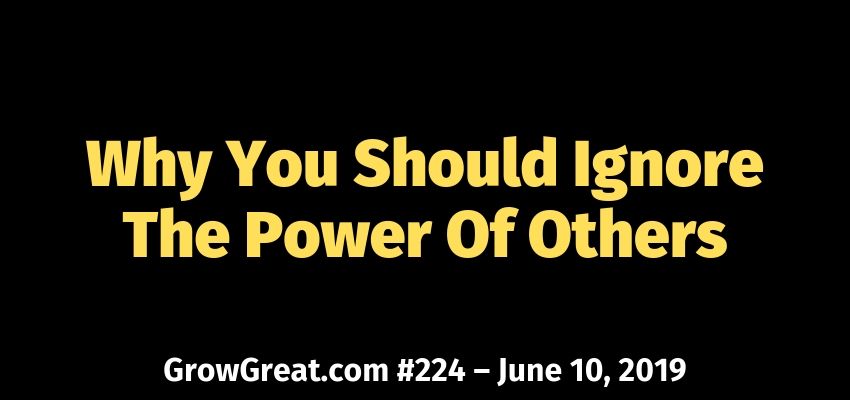Once You Find It, Follow It (328)
Podcast: Play in new window | Download (Duration: 12:10 — 11.5MB)
Subscribe: Apple Podcasts | Spotify | Email | RSS | More
No, it’s not passion.
No, it’s not some willy-nilly dream.
No, it’s not some mythical north star.
It’s who and what you are. It’s the essence of YOU.
Lately one of the most common conversations I have is about what Donald O. Clifton, the father of the StrengthsFinder movement, called “soaring with your strengths.” Simply put, it’s about leveraging what you’re best at and not obsessing so much about what you’re not very good at.
In their 1992 book, SOAR WITH YOUR STRENGTHS, Donald O. Clifton and Paula Nelson begin with a parable entitled, “Let The Rabbits Run.” It’s the story of a rabbit attending a school where there are lots of classes in everything from running to climbing to swimming. As you can imagine the rabbit isn’t too good at swimming. So he’s instructed that it’d be best if he were to stop running (cause he’s already really good at that) and just take swimming courses (because he’s not very good at that). He vomits at the thought of giving up running. Thankfully, the rabbit encountered the wise old owl after he saw the school’s counselor. The wise old owl told him life didn’t have to be that way. He envisioned a place where the squirrels climbed and jumped through the trees. Where the fish did nothing but swim. And where the rabbits just ran. Just the thought of it made the rabbit happy.
So it goes when you find it – that thing that just comes easily and naturally to you. That thing that you excel at. That thing that defines who you are – in your most natural, comfortable state.
Get out of your comfort zone!
Everybody preaches that, but it’s moronic advice…at least as most people apply it. Should we push ourselves? Should we embrace those who will help push us? ABSOLUTELY. But the question is, “In what direction?”
The rabbit loved to run and he was good at it. His inability to swim as good as the fish wasn’t important. Slight improvements in his swimming skills weren’t going to make a lick of difference in his life, or in what he’d be able to achieve. Yes, he was uncomfortable swimming. It was stupid to think he should devote more time to this weakness in hopes he’d grow more comfortable in the water.
But push the rabbit to get out of his comfort zone in running and that’s an entirely different prospect. If the rabbit had a certain speed that was some mentally self-imposed limitations, don’t you imagine he’d be served with a running coach who pushed him and coached him in ways to run even faster? Of course. He’s be energized at the challenge.
Those are 2 drastically different comfort zones. One is counterproductive. The other? Very productive.
The battle is wanting to be something you’re not, or wishing you were great at something that’s beyond your greatness.
It’s about accepting who and what you are, but that doesn’t mean it’s about complacency. No matter your strong points, they can be improved. There’s still the ideal self that you’ve not reached. That you’ll NEVER reach. But you keep working to improve…like the rabbit could work on getting faster and quicker. Always working to be the best version of himself possible.
Too often we spend our time wishing we were different. When a better use of our time – and our time as leaders who are trying to help others excel – would be spent helping them lean more fully into who and what they are.
I’m a college football fan. Every season it’s interesting to me how some kid coming out of high school where he’s played a certain position for years, ends up in a college program where coaches spot something unique about him. Maybe he was a wide receiver all of his younger days, but now that he’s in college and maybe during year 2 of his college career where’s he’s barely seen the field…coaches ask him to move to cornerback or safety. Now he’s on the other side of the ball going from playing offense to defense. And it can be remarkable the difference. A kid unable to start at a position he’d played for years is now a stud because he’s been moved to a different position that demands much of the same skillsets he’s already learned. It doesn’t always work out, but it’s remarkable how often coaches – like the wise old owl – can spot the physical prowess of a player and help them leverage that in ways they never would have otherwise.
Don’t you wish somebody would do that for YOU?
Imagine if we each had people capable of doing that for us. People like the wise old owl courageous enough to encourage us to be who and what we are – just better! People capable of recognizing we may be misplaced…yet people able to encourage us to find our place.
I’ve sat across from numerous executives who declared they wanted to be better leaders. After a while, it was obvious they weren’t that interested in leadership. They were far more interested in being the boss. Which is okay. They’re just not the same thing. Sometimes as we dig deeper into who and what they are I can help them see that whatever vision they’ve got of being a good leader – which is frequently a flawed vision anyway – would make them miserable. Many of these people are terrific operationally. They just need a solid number 2 who has what they lack. Somebody who is more naturally bent toward leadership than authority. I’ve encountered people willing and able to make that shift mentally and find themselves supremely happier. They’re like the rabbit. They can now just run without fretting about having to ever swim again.
What about you? Have you found it yet?
Put in the work. Talk to people who really know you. Ask them for feedback. What they see you being naturally great at? When they think of you what do they think?
What gives you energy? What robs you of energy?
Like the rabbit who threw up at the thought of just having to swim…what makes you want to vomit?
Lean away from the energy suckers in your life and lean toward the energy sources. Find it. Follow it.
Be well. Do good. Grow great!
Randy
Once You Find It, Follow It (328) Read More »
